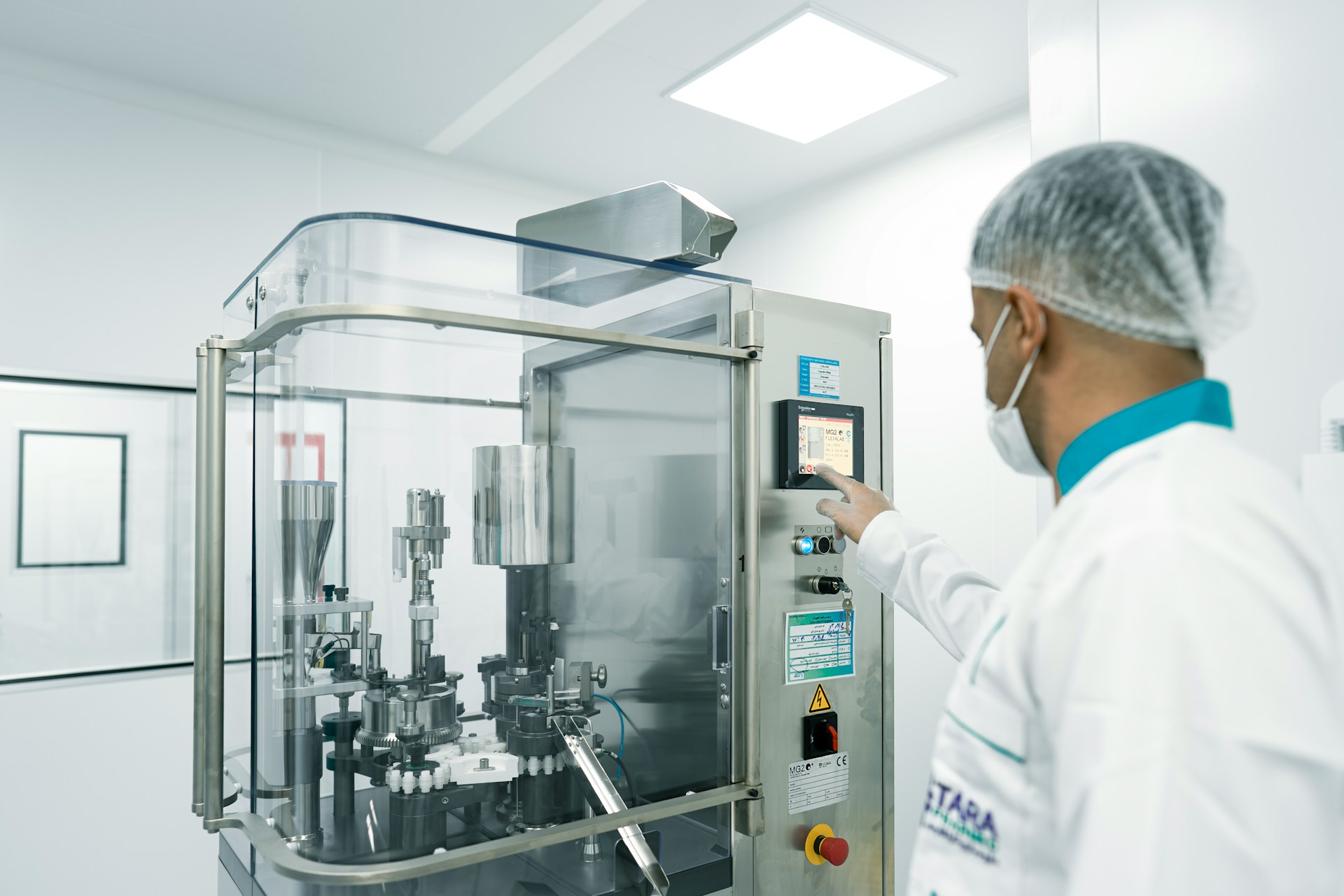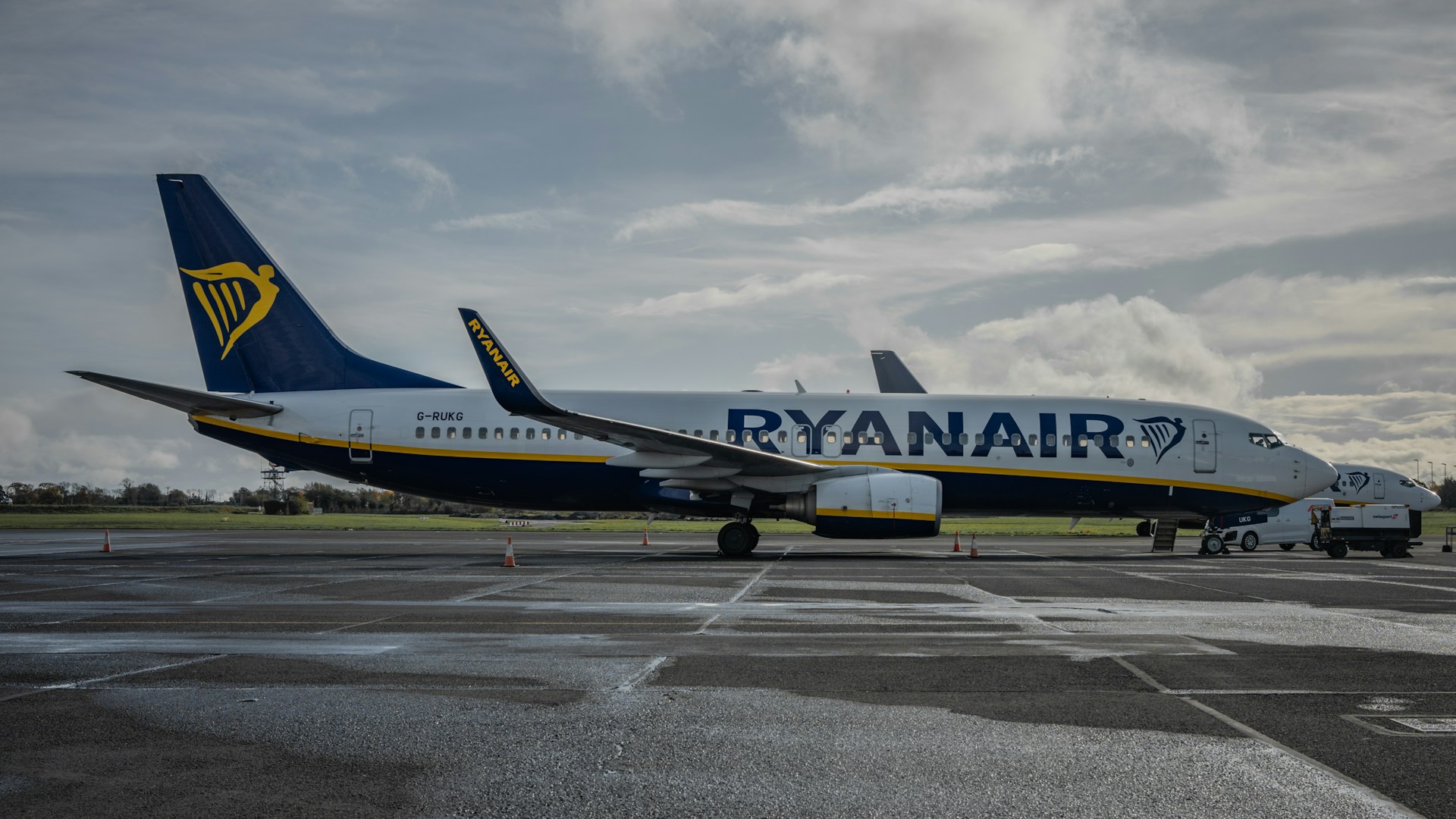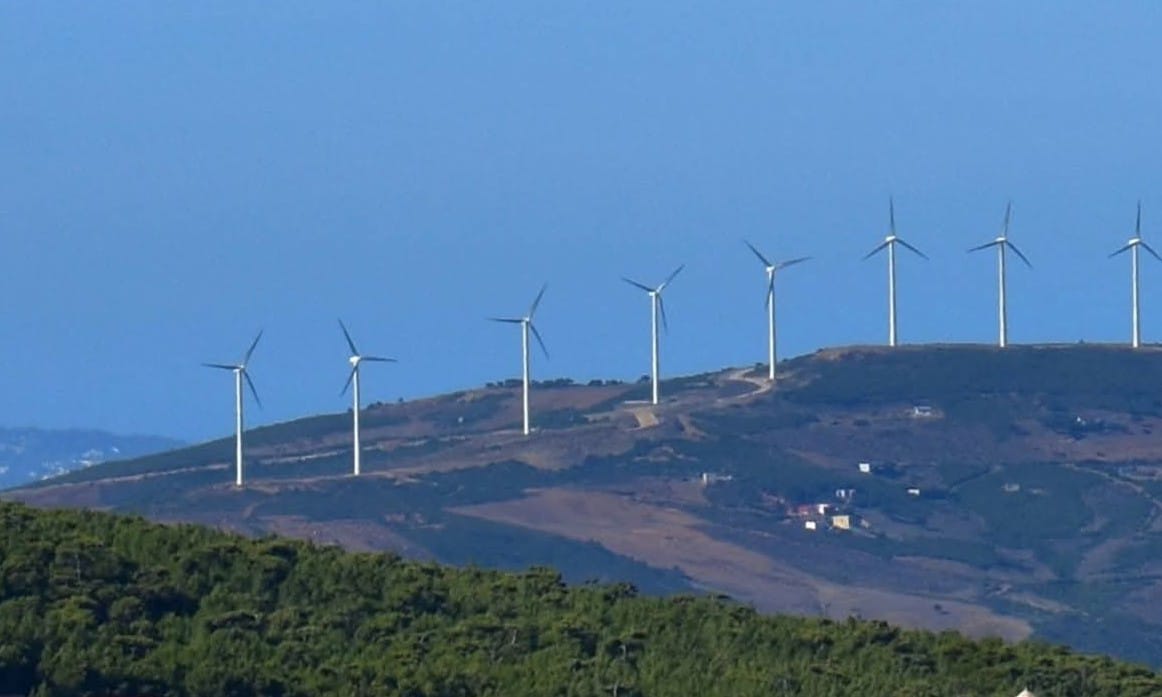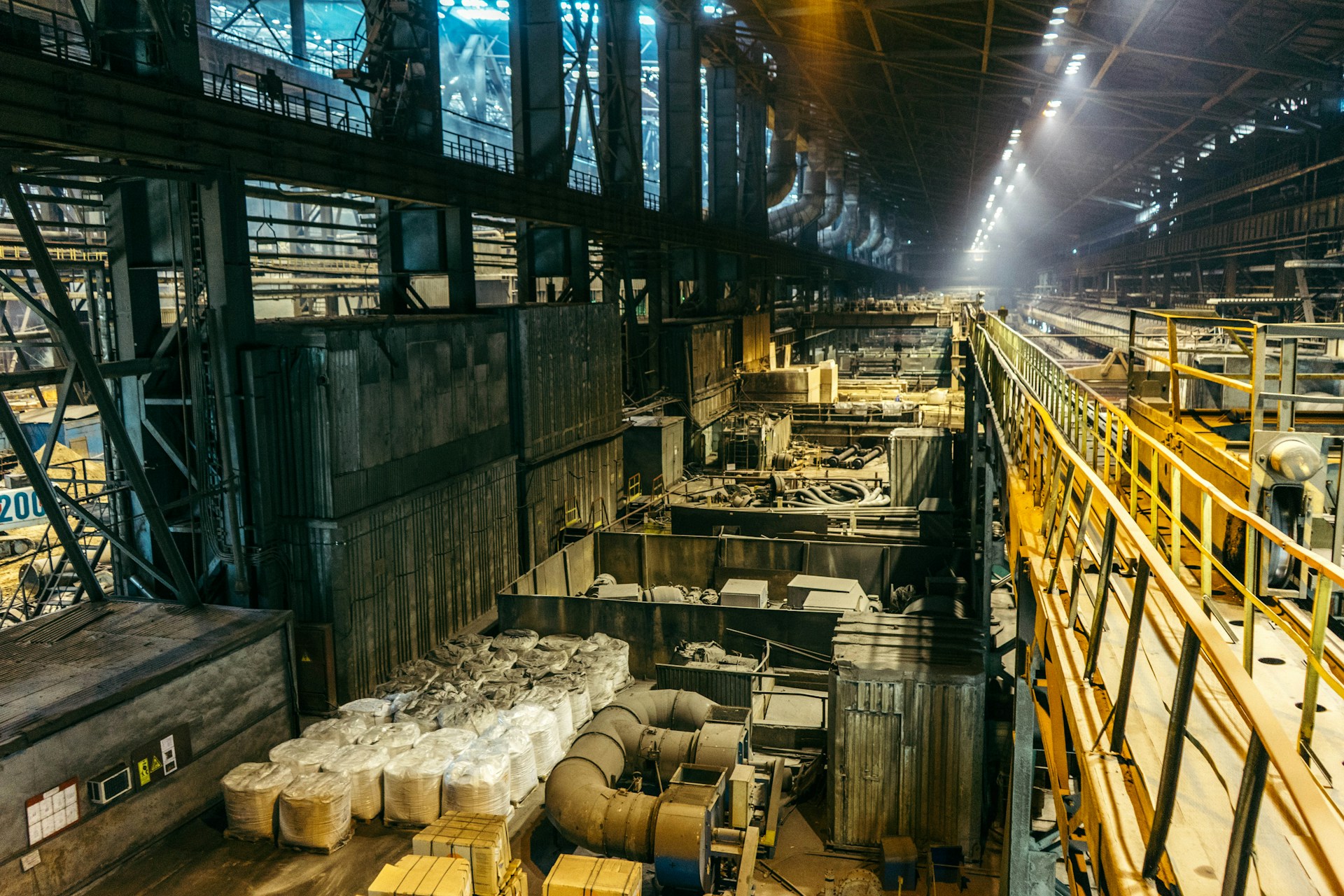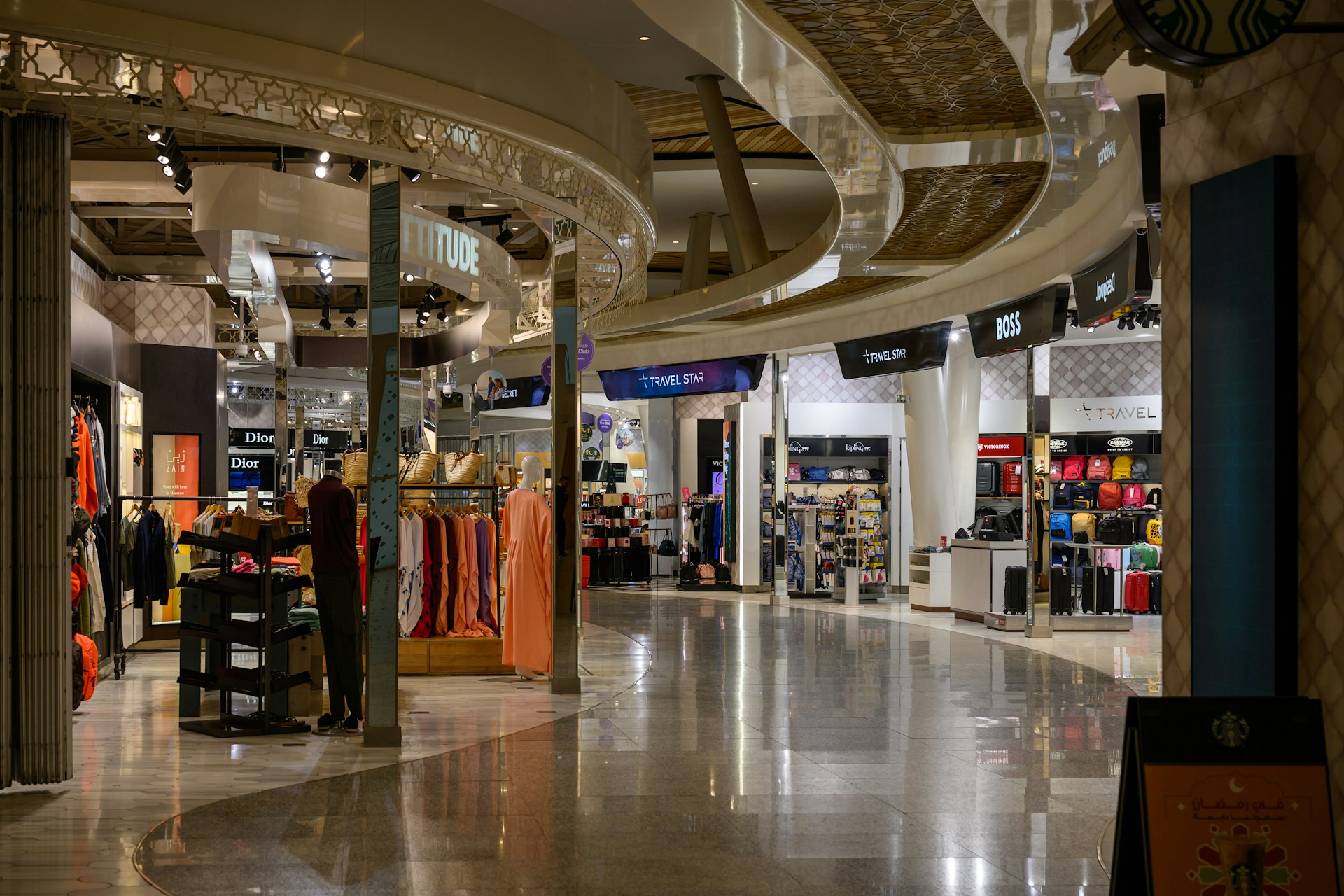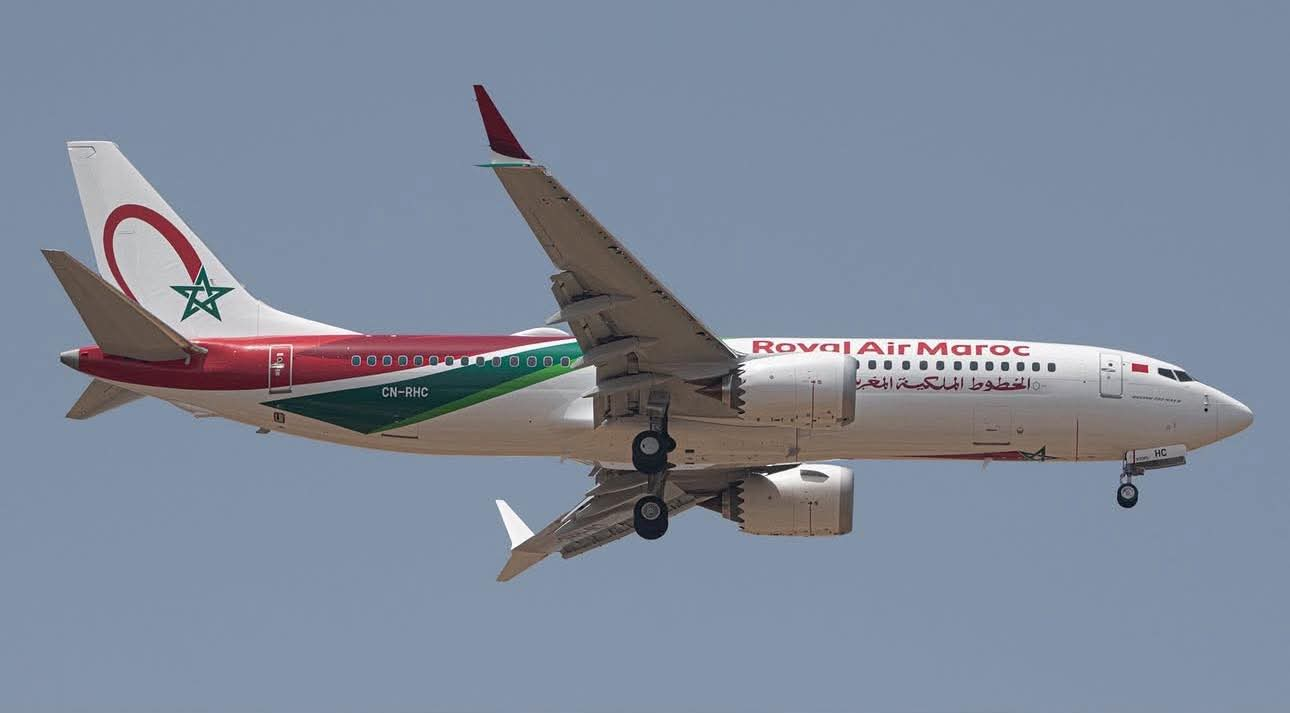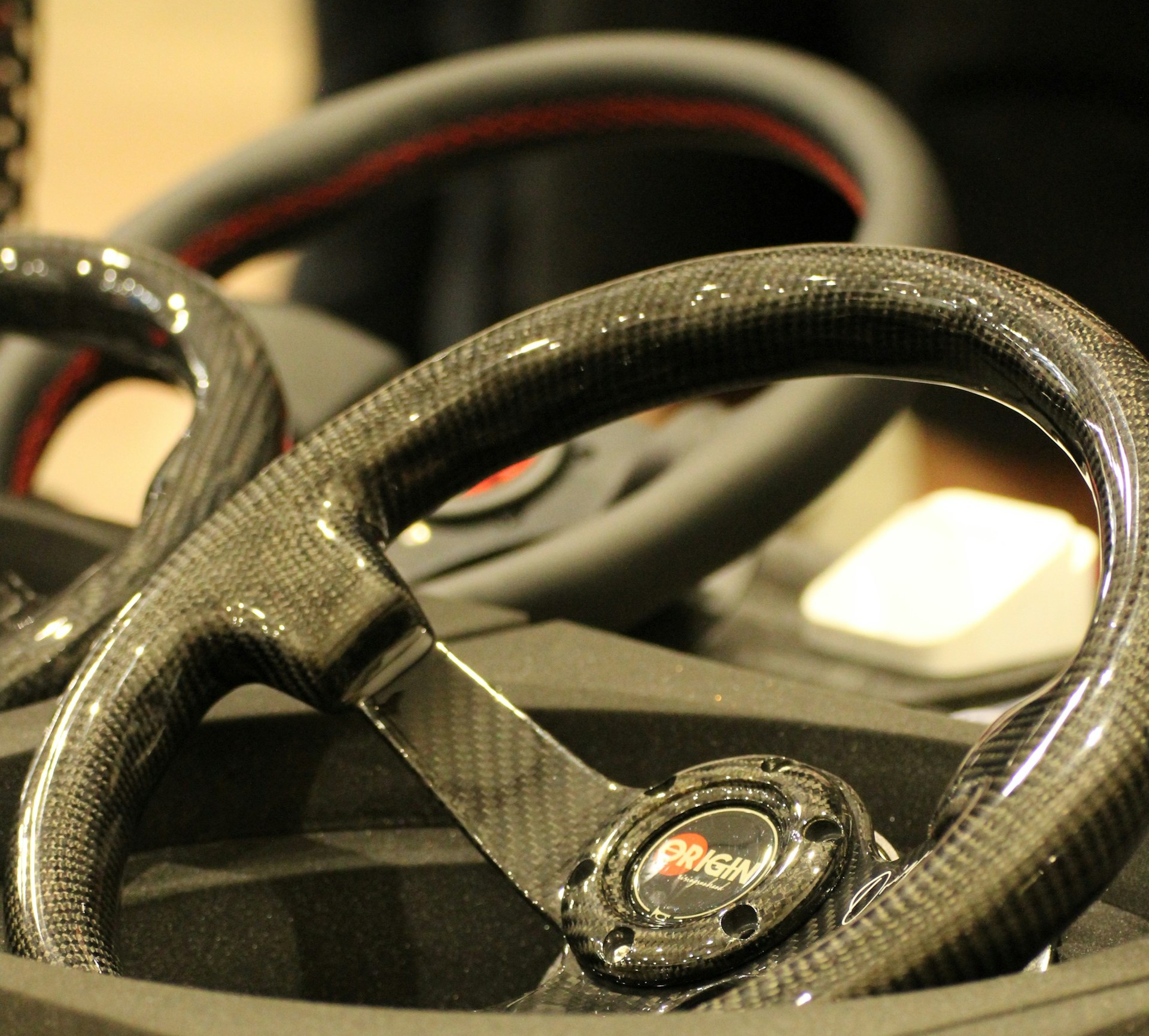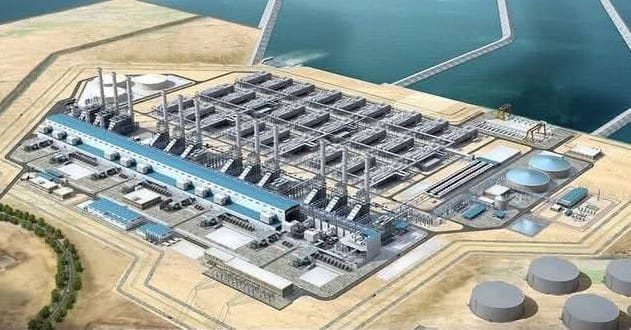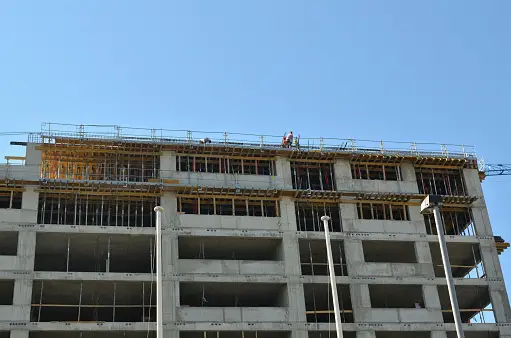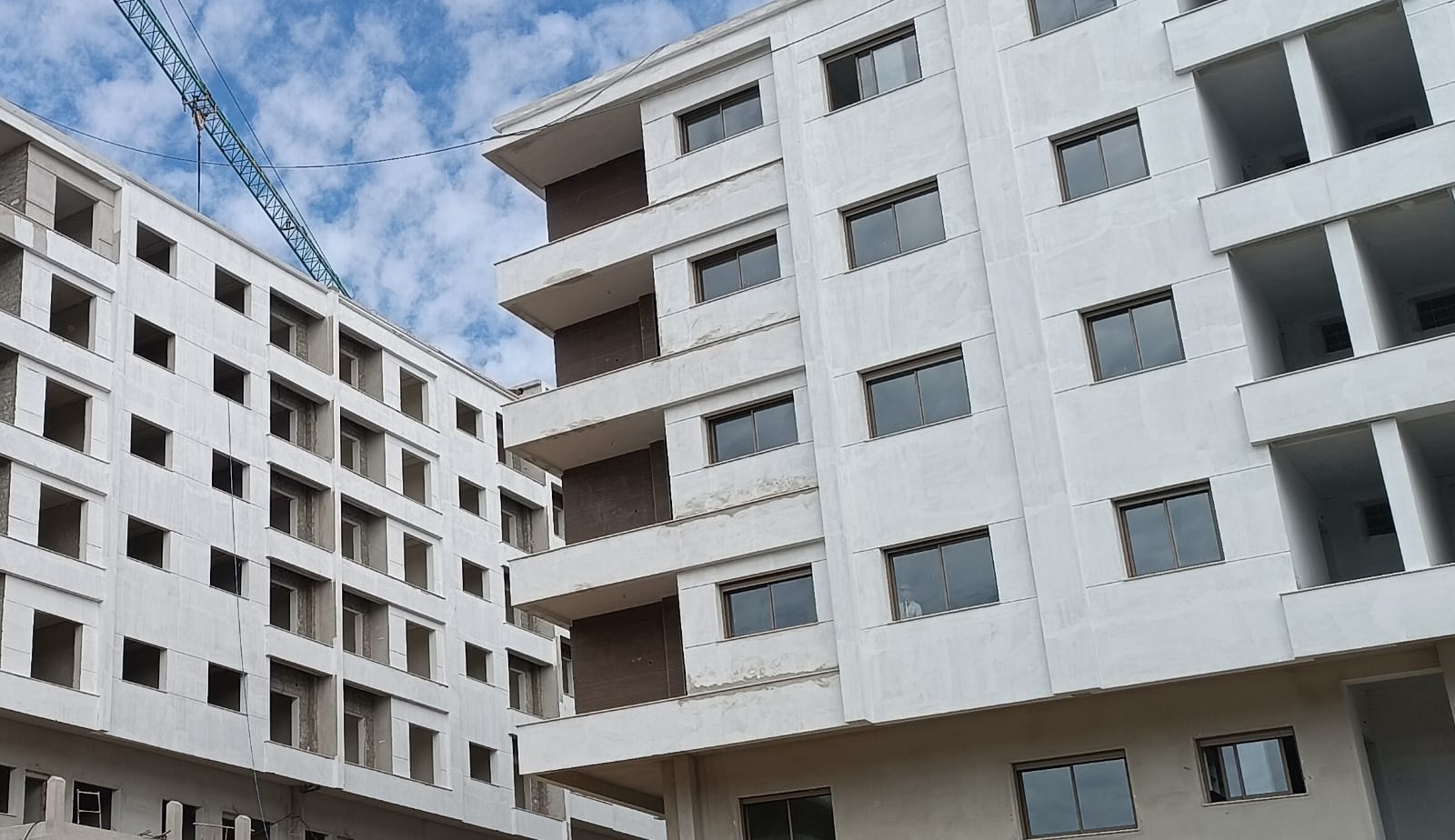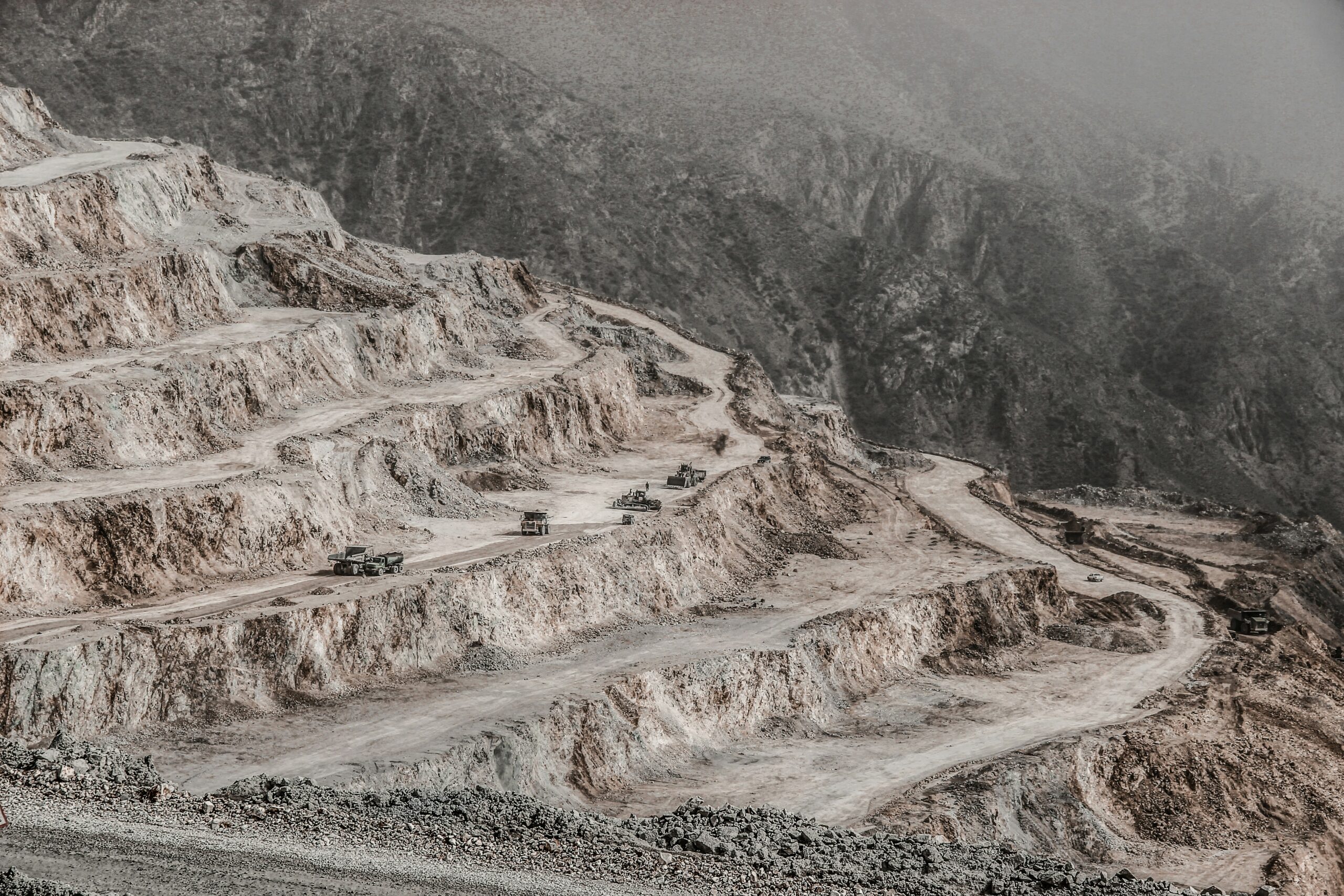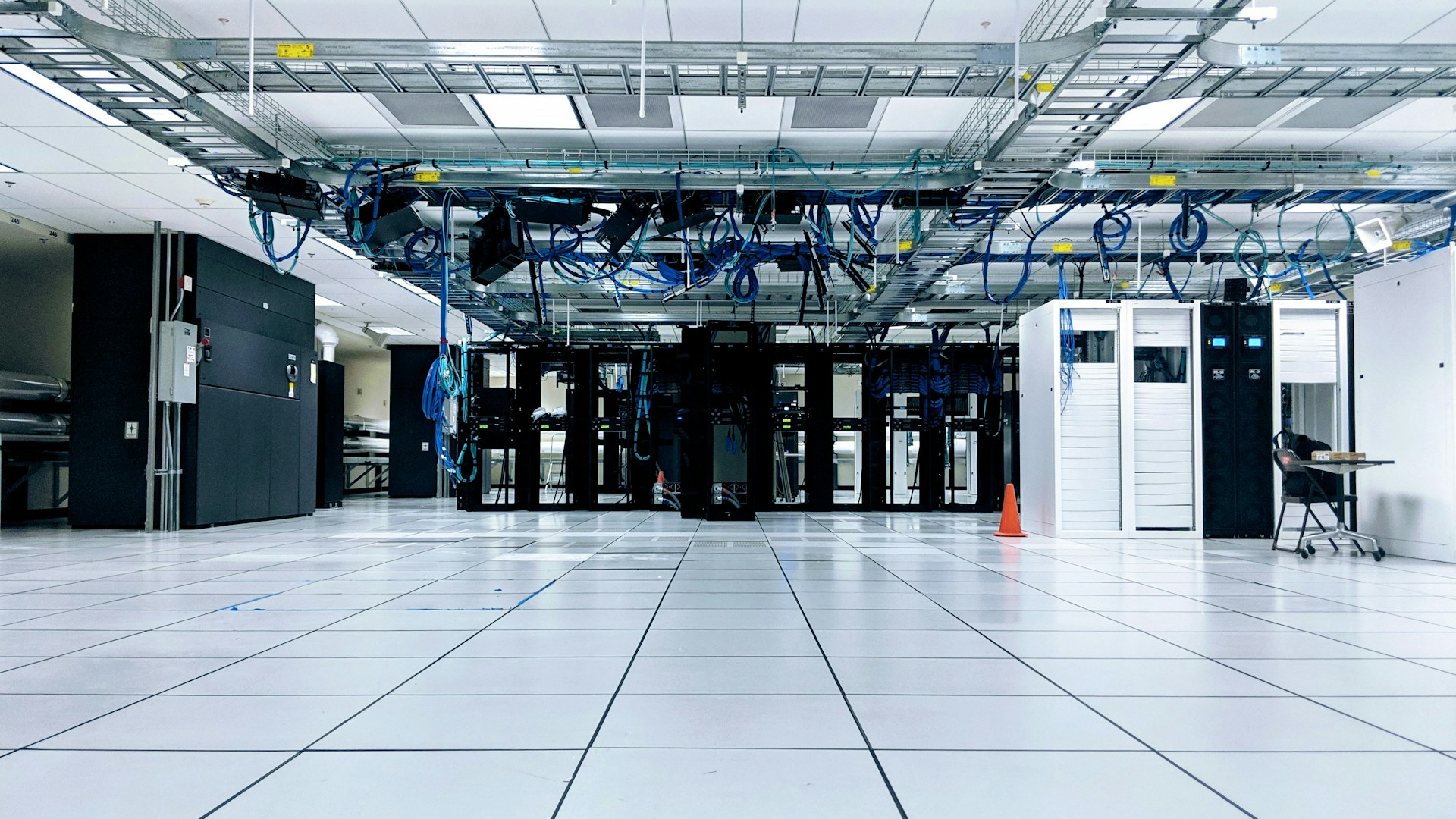Casablanca – Morocco is advancing a series of major highway infrastructure projects as part of a long-term strategy to modernize national transport systems and support economic development. Spearheaded by the National Motorway Company of Morocco (ADM), the program represents a total investment of approximately $1.06 billion and includes the construction and upgrade of several strategic highway sections across the country.
The projects are aligned with the national vision aiming to strengthen Morocco’s transport infrastructure and position the country as a key regional hub. Since 1999, Morocco has expanded its highway network from 400 km to nearly 1,800 km, connecting all major cities with populations above 400,000, along with key airports, seaports, and industrial zones. The country now ranks second in Africa in terms of highway coverage.
Tit Mellil – Berrechid highway: A first in design and scale
One of the most ambitious components of the program is the Tit Mellil – Berrechid highway, the first in Morocco designed from the outset as a 2×3 lane route. The 30-kilometer stretch is intended to relieve traffic congestion in the Greater Casablanca area and improve regional connectivity between the north, center, and south.
With a budget of around $258 million, the project includes:
- Two key interchanges: one on Regional Road 315 to serve nearby towns, and another on National Road 9 for better access to Mohammed V Airport and the city of Deroua.
- Four bridges, including one crossing Oued Hassar.
- 24 overpasses to maintain continuity of intersecting roads.
- Large-scale earthworks: 6.1 million m³ of embankments and 1.7 million m³ of excavation.
- 700,000 tonnes of asphalt and 92,000 m³ of concrete.
- 72 km of drainage pipelines and 91,000 m³ of rock fill for stormwater management.
To encourage national expertise and improve project efficiency, the work is divided into four lots, all assigned to Moroccan companies.
Innovative construction techniques are being used, including soil stabilization using hydraulic binders, reinforced embankments with precast concrete, and slope nailing to meet urban constraints. As of now, the project is 65% complete and is expected to finish within 30 months from its October 2023 launch.
Aïn Harrouda interchange: Managing high traffic volumes
Located between Mohammedia-West and Aïn Harrouda, north of Casablanca, this interchange handles up to 120,000 vehicles daily. The project aims to improve traffic flow between northern and southern regions and facilitate access to Casablanca and its industrial areas.
Planned upgrades include:
- Construction of 12 structures.
- Expansion to 8 lanes in each direction.
- Development of a grade-separated intersection above the industrial zone.
- Direct linkage between the urban highway and Casablanca’s ring road.
The approximately $77.3 million project is jointly funded by the Ministry of Equipment and Water, ADM, the Ministry of Economy and Finance, and the Casablanca-Settat Regional Council. Work began in October 2024 and has reached 40% completion. The expected duration is 22 months.
Sidi Maârouf interchange: A first-of-its-kind multilevel junction
At the southern entrance of Casablanca, the Sidi Maârouf interchange is being completely reconfigured. This new infrastructure will be Morocco’s first three-level interchange, using a hybrid design that combines cloverleaf and turbine layouts to eliminate traffic bottlenecks.
Key features include:
- Eight structures.
- Widening of the Casablanca-Berrechid and Casablanca bypass highways to 2×5 lanes.
- Improved access ramps and connections.
The project has around $51.5 million and is currently 40% complete. Completion is expected within 22 months.
Rabat–Casablanca continental highway: Preparing for the 2030 World Cup
To reduce pressure on the current Rabat–Casablanca highway and enhance service quality, ADM is planning a new 59-kilometer “continental highway” between the two cities. With a budget of around $670 million, this new corridor will also provide direct access to the upcoming Grand Stadium of Casablanca, a key venue for the 2030 FIFA World Cup, which Morocco is co-hosting.
Feasibility studies for the project began in late 2019. A call for construction bids is expected later this year.
Looking Ahead
These projects reflect Morocco’s ongoing commitment to modern infrastructure as a foundation for sustainable development, regional integration, and international event readiness. With a combination of innovation, domestic expertise, and strategic planning, the country is moving toward a more connected and economically resilient future.
